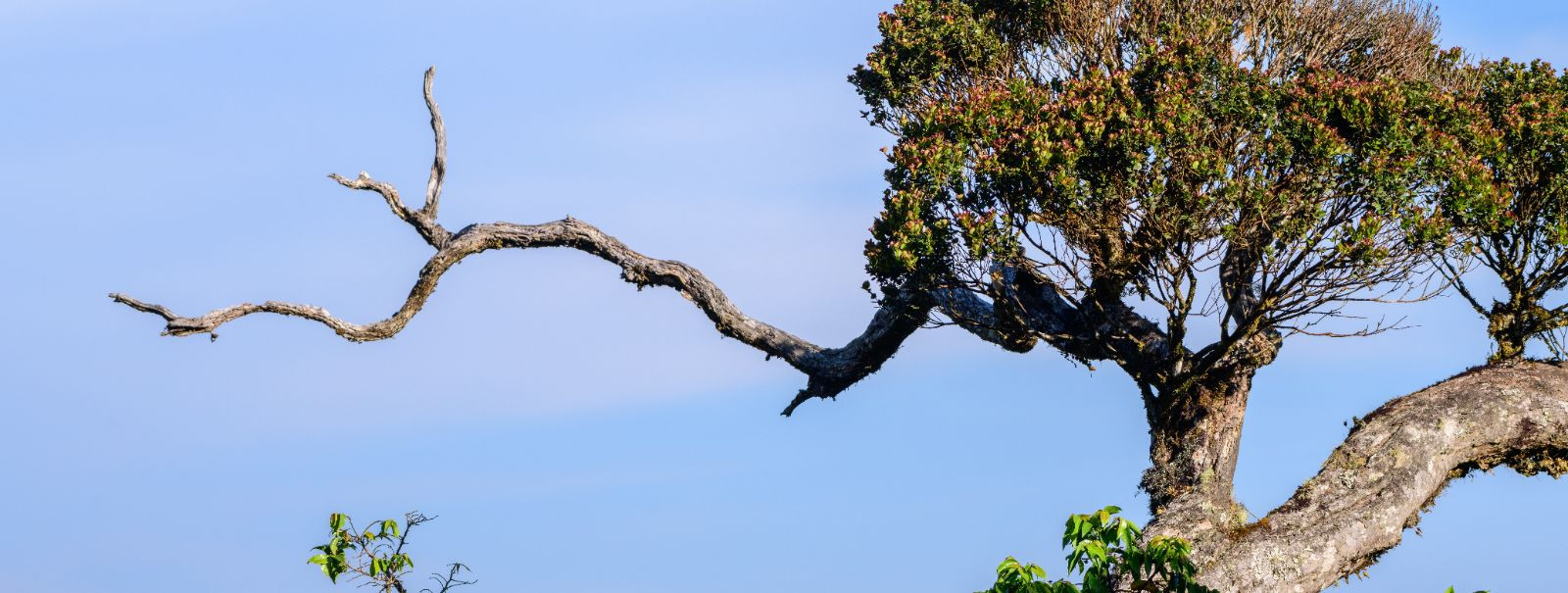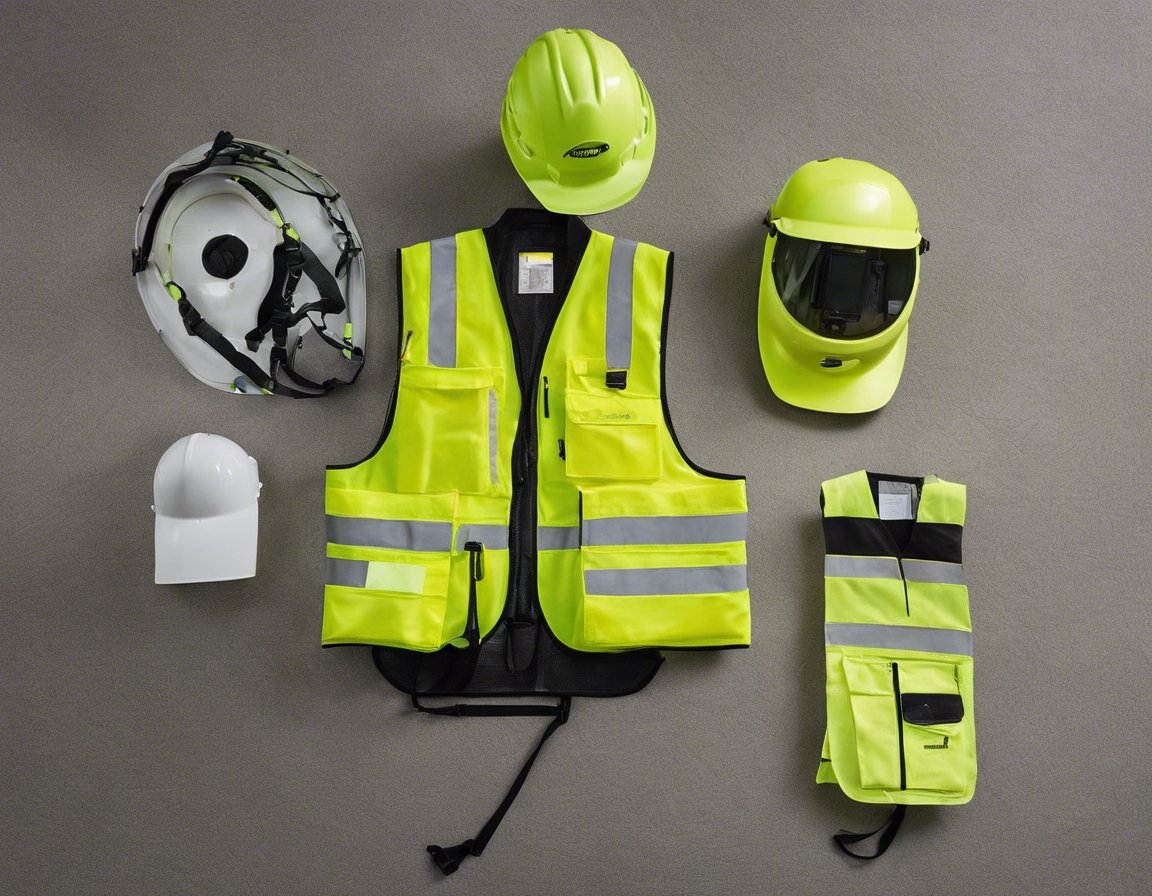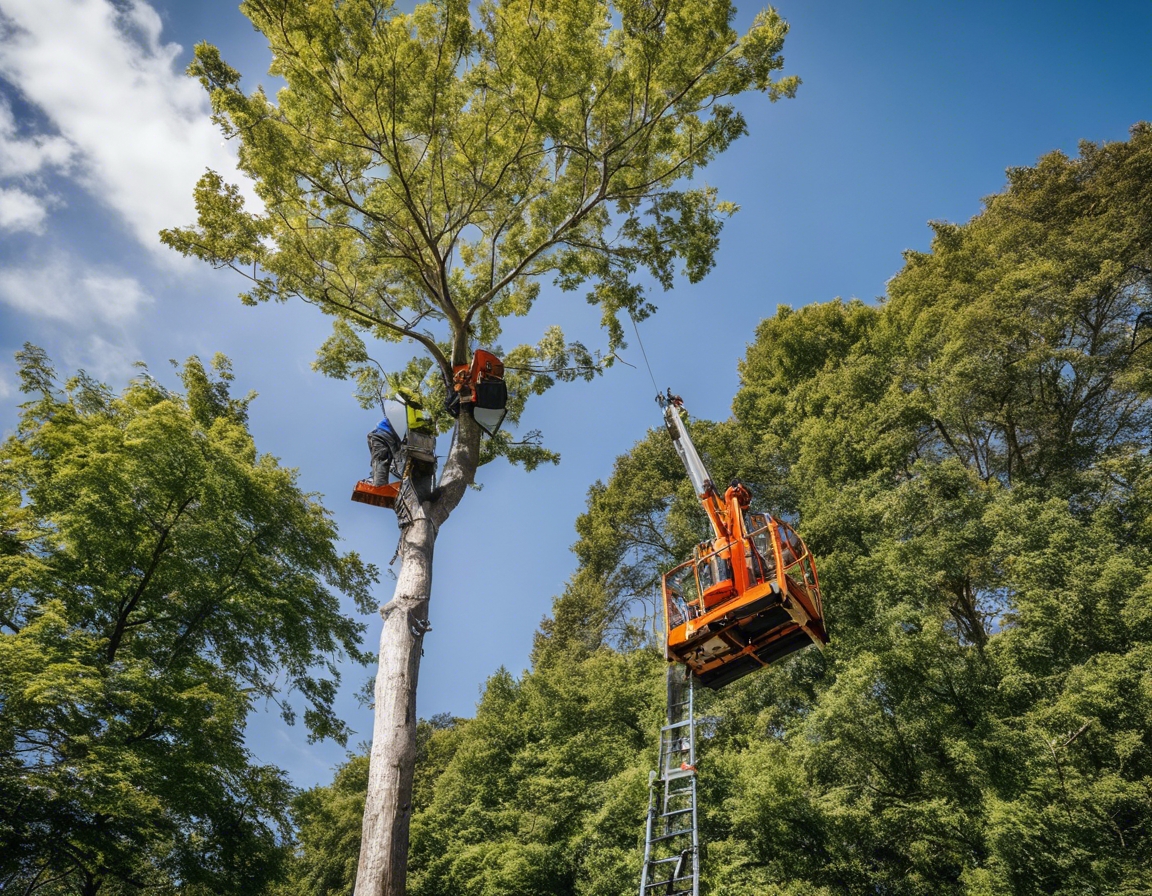5 signs your tree might be a safety hazard
Trees are a vital part of our urban landscape, providing beauty, shade, and environmental benefits. However, they can also pose significant safety risks if not properly maintained. Recognizing the signs of a potentially hazardous tree is crucial for local government bodies, property management companies, and homeowners. This article will guide you through five key indicators that your tree might be a safety hazard.
Understanding Tree Hazards
A tree becomes a hazard when its condition or position has the potential to cause injury to people or damage to property. Factors such as structural integrity, health, and location are critical in determining the level of risk a tree poses.
Regular tree assessments by professionals are essential to identify potential hazards and take appropriate action. Early detection can prevent accidents and save on costly repairs.
Sign 1: Visible Signs of Decay
Decay can manifest as fungal growth, cavities, or dead branches. These signs indicate that the tree's structural integrity may be compromised.
Decay weakens the wood, making the tree more susceptible to falling during storms or high winds, posing a serious threat to safety and property.
Sign 2: Damaged or Weak Branches
Look for cracks, splits, or limbs that hang lower than usual. These are indicators of weakened branches that could break off.
Pruning or bracing can help manage these risks, but it's important to consult a tree care professional to address these issues safely.
Sign 3: Leaning Trunk
A slight lean in a tree is natural, but a sudden or pronounced lean indicates instability and a potential fall hazard.
If the lean is accompanied by exposed roots or a cracked soil surface, it's time to call in the experts.
Sign 4: Root Problems
Roots that are damaged, decayed, or lifting out of the ground can compromise a tree's stability and should be evaluated by a professional.
Soil upheaval or erosion near the base of the tree can also be a sign of root issues that threaten the tree's support system.
Sign 5: Close Proximity to Power Lines or Structures
Trees growing too close to power lines are not only a risk for outages but can also become electrified, posing a severe risk to anyone nearby.
Trees that are too close to buildings can cause structural damage through root growth or falling limbs. It's crucial to manage the growth of such trees to prevent potential hazards.






Comments (0)